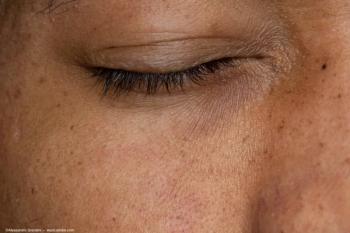
Low, high IOPs should be carefully monitored immediately following phaco
Washington, DC — Patients who do not have glaucoma and those with glaucoma should be carefully monitored in the immediate postoperative period following phacoemulsification and at postoperative day 1 for low and high IOPs, according to Bradford J. Shingleton, MD.
April 18 - Washington, DC - Patients who do not have glaucoma and those with glaucoma should be carefully monitored in the immediate postoperative period following phacoemulsification and at postoperative day 1 for low and high IOPs, according to Bradford J. Shingleton, MD.
It has been reported in the literature in 2001 that hypotony with an IOP of less than or equal to 5 mm Hg can occur within the first 30 minutes after the cataract procedure in eyes that exhibit no signs of problems, such as shallow chambers, wound leaks, or endophthalmitis. These eyes had undergone uncomplicated phacoemulsification with topical anesthesia.
Dr. Shingleton expanded on this study to evaluate the incidence of early hypotony and then IOP spikes on the first postoperative day in a large group of normal and glaucoma eyes (315 eyes total) that also underwent uncomplicated phaco. The difference in the study was the eyes had all been treated with peribulbar anesthesia.
He found the mean postoperative pressure was 15 mm Hg and at 30 minutes, dropped to a mean of 13 mm Hg (range, 2 to 42 mm Hg).
"There was only a 6.4% incidence of IOP less than or equal to 5 mm Hg at 30 minutes after phaco," Dr. Shingleton said. There was no significant difference between normal eyes and those with glaucoma. Six of 315 eyes experienced hypotony 30 minutes after the procedure and there was no hypotony on day 1.
In the normal eyes at postoperative day 1, the mean pressure was 18.5 mm Hg and 11 of 240 eyes had greater than 30 mm Hg, he said.
However, on postoperative day 1, eyes with glaucoma were at increased risk of pressures greater than 30 mm Hg, he said.
"We had 9/30 eyes with greater than 30 mm Hg. So 30% of open-angle glaucoma eyes had an IOP on postoperative day 1 greater than 30 mm Hg," Dr. Shingleton said. "This is very important. It may have significant impact for eyes with compromised optic nerves."
Newsletter
Don’t miss out—get Ophthalmology Times updates on the latest clinical advancements and expert interviews, straight to your inbox.


















































.png)


